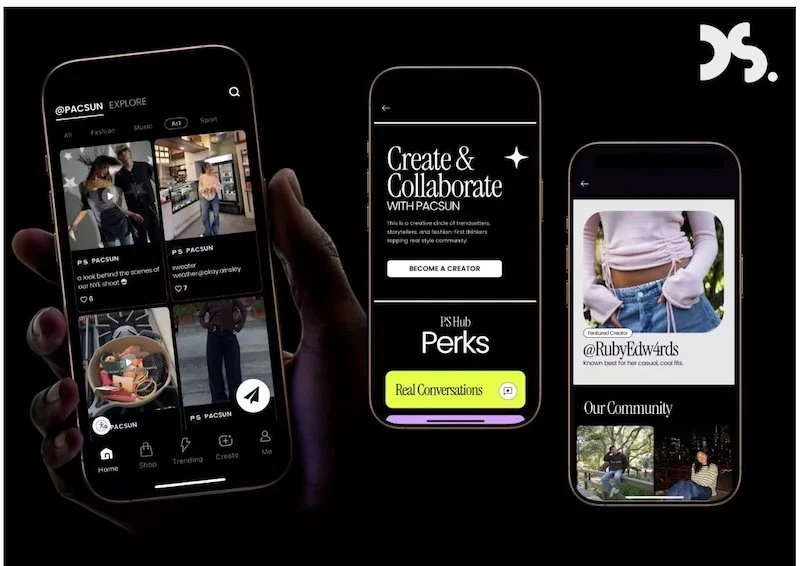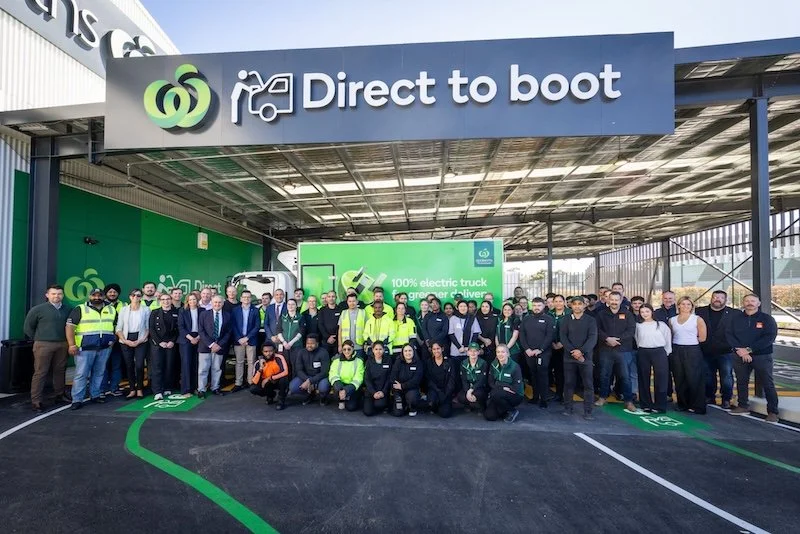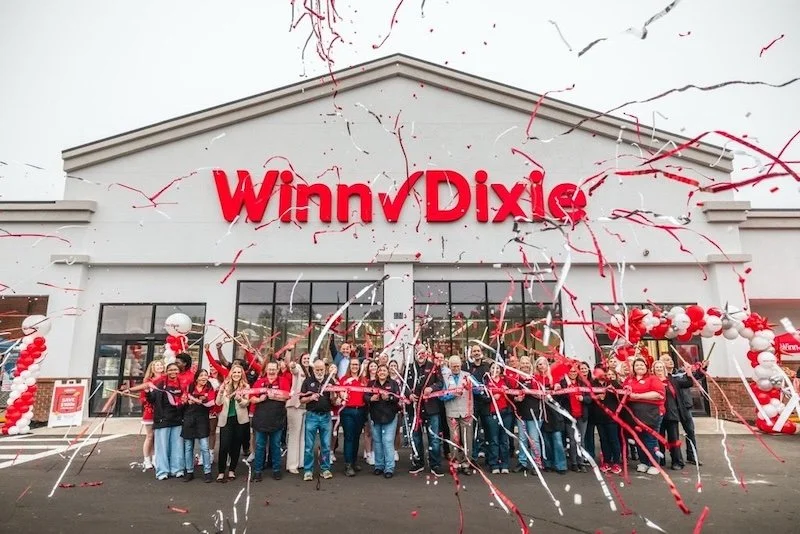The three Cs of connected retail
By Mylo Portas, Head of Retail, Peak
Less than ten years ago, the term ‘influencer marketing’ was unheard of, and next-day delivery was a nice-to-have bonus rather than the expectation. What’s more, few could’ve predicted that a photo-led social media platform – Instagram – would become a major acquisition channel for retailers.
Today, customers are switched on 24/7, 365 days a year. They have the power to like, follow and buy from their favourite brands on their own terms, and all with the touch of a button.
This seismic shift across the retail landscape is forcing brands to change the way that they target, acquire and engage with customers, to meet the ever-increasing demands of the modern shopper.
The key to a happy customer in 2020 is through providing a connected retail experience, one that is customer-centric and personalised. Many brands are succeeding to deliver this by using artificial intelligence (AI) to generate value from the vast amounts of customer data that they have at their fingertips.
Connected retail has the potential to revolutionise the industry and transform how retailers operate and connect with consumers. It has enormous capacity to improve operations, streamline processes and lead to greater efficiencies.
As referenced in Ayden’s retail research report, those who are successfully providing inter-connected solutions and a connected retail experience to customers are connecting three key elements of the customer journey; convenience, control and context.
Convenience
The modern shopper wants to know that the items they want are in stock, in their size, ready to ship – and they expect to be able to browse and buy when, where and how it best suits them.
However, for retailers, delivering convenience to customers can be tricky. With hundreds of stores, thousands of SKUs and millions of website visitors, ensuring that the right products are in the right place is only achievable with AI. It crunches the billions of possibilities around stock allocation, merchandising, markdowns and buying to reduce complexity and enable more intelligent decision-making.
Control
As we witness change and disruption in the retail industry, we also see a huge transition of power – one where consumers are in charge and want to engage with retailers on their own terms.
Shoppers desperately want to avoid concerns around payment options, delivery windows or returns processes, which can be challenging when a retailer is dealing with thousands of orders a day and complex distribution centres.
With AI, however, retailers can optimise the flow of products to and from customers, streamlining the supply chain to help warehouse operations and logistics processes run more smoothly.
Context
Consumers want to be treated like individuals and to be enrolled in an experience specific to who they are and what they want. This said, complete personalisation is only possible by making the most of data – data on a customer’s brand and style preferences, shopping habits or transaction history, for example.
With AI, this personalisation can be scaled to talk to millions of customers on an individual basis, ensuring that customers are delivered the right message at the right time, via the right channel.
The wave of digital and technological innovation that is sweeping across the high street is creating a shopping environment with the connected consumer at its heart. Most retailers know that staying relevant to today's customers involves making a commitment to develop fully connected, engaging experiences that are seamless across all channels.
With AI, brands can utilise personalisation to target and acquire new “ideal” customers, improve productivity and streamline the supply chain to drive efficiencies and reduce costs.










Continue reading…